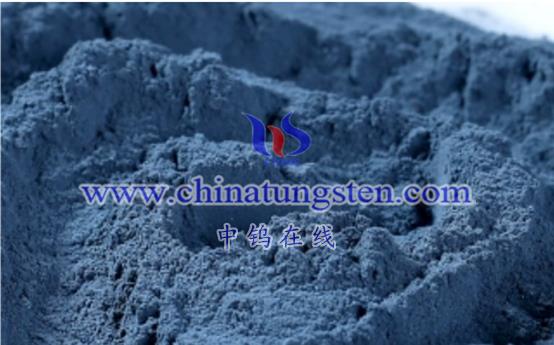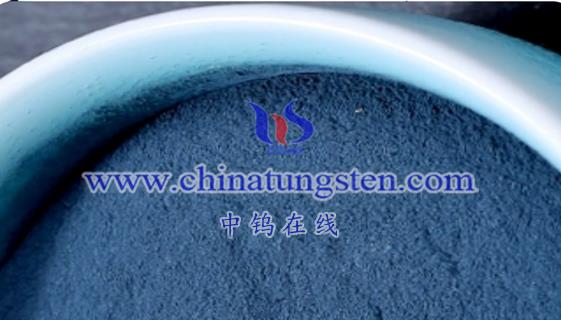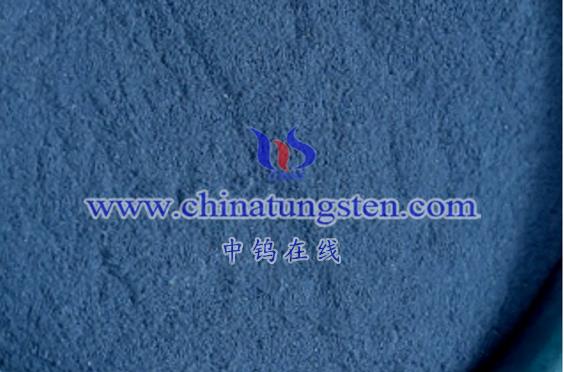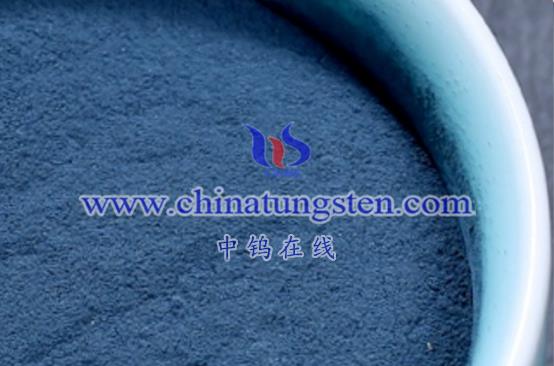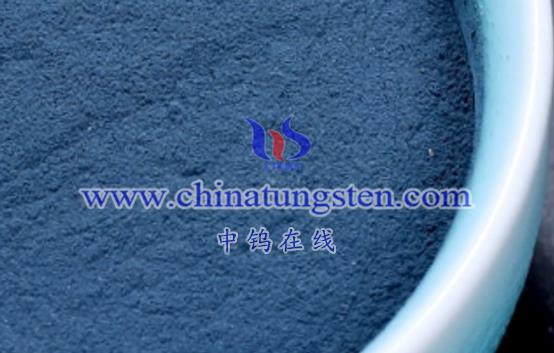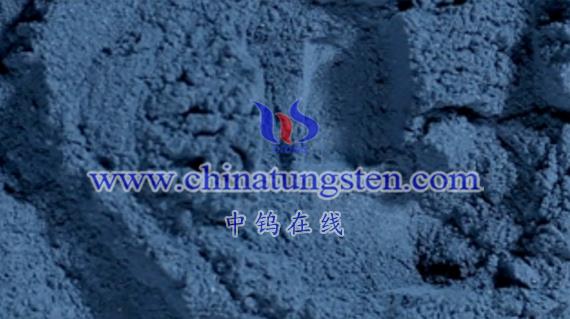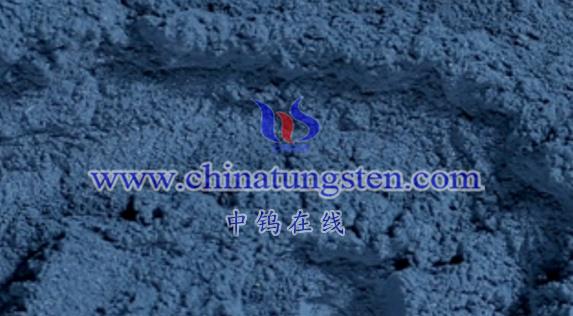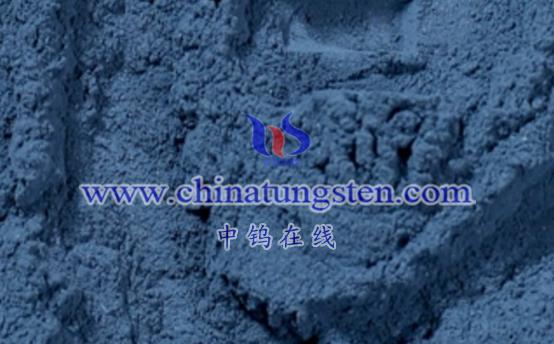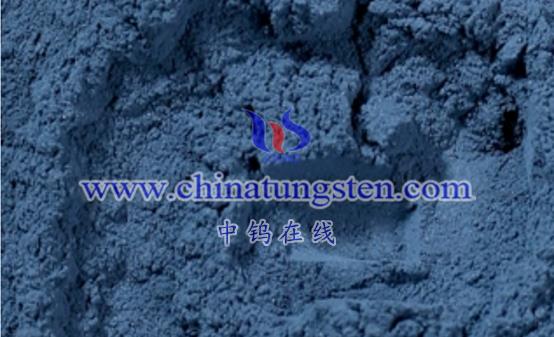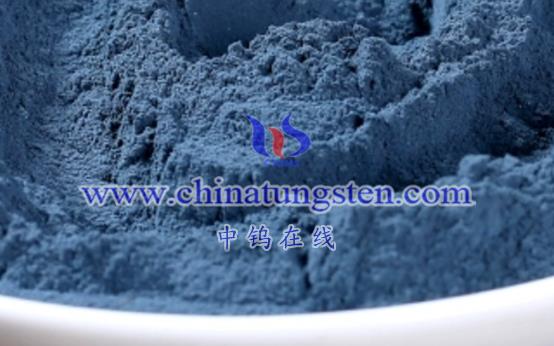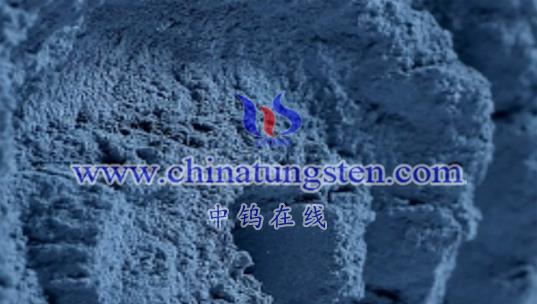
Tungsten bronze compounds possess unique and diverse chemical properties, which can be summarized in the following key aspects:
- Chemical Composition and Structure
- Chemical Formula:
The chemical formula of tungsten bronze compounds is typically expressed as MxWO3, where M represents an alkali metal (e.g., sodium, potassium), an alkaline earth metal, ammonium ions, or rare earth metal ions, and x ranges between 0 and 1. This non-stoichiometric composition contributes to their unique physical and chemical properties. - Crystal Structure:
Tungsten bronze compounds mainly have two types of crystal structures: tetragonal and orthorhombic. The tetragonal unit cell contains 10 [BO6] oxygen octahedra, which are corner-linked along the C-axis. The orthorhombic structure can be viewed as a further distortion along the diagonal of the tetragonal unit cell. This special crystal structure gives tungsten bronze its distinctive physical and chemical properties.
- Chemical Formula:
- Redox Properties and Chemical Stability
- Redox Properties:
The tungsten atoms in tungsten bronze exist in mixed oxidation states of W5+, W4+, and W6+, with the +6 oxidation state being the most common. However, due to the presence of W5+ and W4+ in the reduced states, tungsten bronze exhibits strong reducing properties. This reduction capability shows unique reactivity and selectivity in chemical reactions. - Chemical Stability:
Tungsten bronze compounds are highly chemically stable. They are insoluble in water and most acids except hydrofluoric acid. However, under alkaline conditions, tungsten bronze can dissolve or react. This high chemical stability allows tungsten bronze to maintain its structure and properties in various chemical environments.
- Redox Properties:
- Reactivity with Other Substances
- Reaction with Silver Ammonia Solution:
Tungsten bronze has the ability to reduce silver nitrate (AgNO3) in ammonia solution to metallic silver. This reaction has certain applications in chemical analysis. - Reaction with Oxygen:
In the presence of alkaline conditions, tungsten bronze can be oxidized by oxygen to form tungsten (VI) salts. This indicates that tungsten bronze can participate in redox reactions with oxygen under specific conditions.
- Reaction with Silver Ammonia Solution:
- Special Properties
- Electrical Properties:
The electrical conductivity of tungsten bronze varies depending on its composition and crystal structure. Some tungsten bronzes exhibit semiconductor properties, while others show metallic or superconducting characteristics. This makes tungsten bronze suitable for various applications in electronics and electrical fields. - Optical Properties:
The color and optical properties of tungsten bronze compounds change significantly depending on the composition and crystal structure. This optical variability gives tungsten bronze unique applications in the optical field, such as in optical filters and electrochromic materials.
- Electrical Properties:
Conclusion
The chemical properties of tungsten bronze compounds include their special chemical composition and structure, strong reducing properties and chemical stability, reactivity with other substances, and unique electrical and optical properties. These characteristics form the foundation for the widespread use of tungsten bronze in various fields.
More details of tungsten oxide product, please visit website: tungsten-oxide.com
Please contact CHINATUNGSTEN for inquiry and order of tungsten oxide:
Email: sales@chinatungsten.com
Tel.: 86 592 5129595
